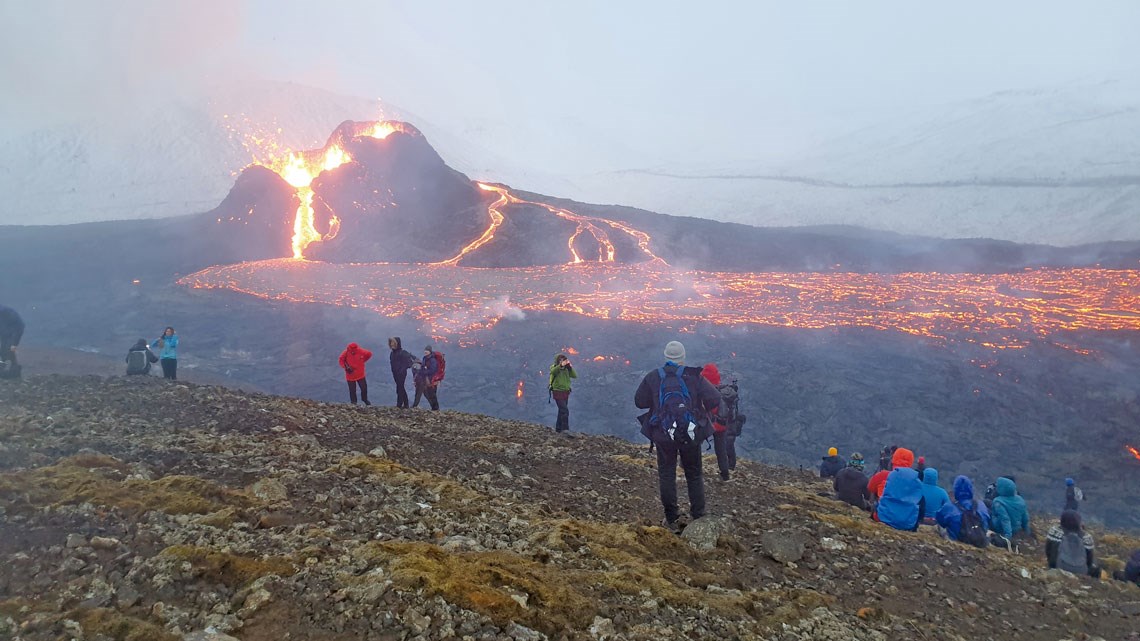Sæmundur A. Halldórsson, a volcanologist from the University of Iceland, identified a curious pattern while observing the eruption of Fagradalsfjall volcano, which began on March 19, 2021, and lasted 50 days. With the help of an international group of colleagues, Halldórsson collected lava and gases released by the Icelandic volcano over the weeks and analyzed their chemical compositions. The aim was to determine the depth of the magma’s origin and what happens to the reservoir during an eruption. The results indicated that in the first few weeks, the material ejected by the volcano came from depths of more than 15 kilometers below the surface, close to the boundary between the Earth’s crust and the mantle, the layer immediately below. By April, however, there were signs that the initial pool of magma had been depleted and the chamber was being filled with material from even deeper regions of the mantle. In May, magma from deep origins was predominant (Nature, September 14). The rate at which the lava profile changed was hundreds of times faster than expected.
RepublishGeology
In the depths of Iceland

Fagradalsfjall volcano erupting in March 2021
Berserkur / Wikimedia Commons